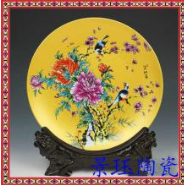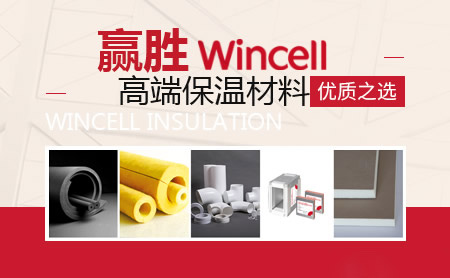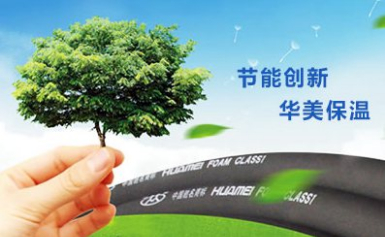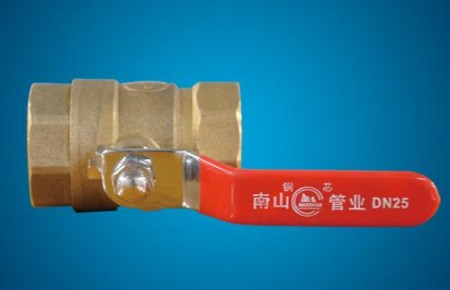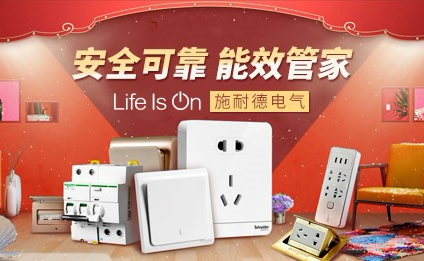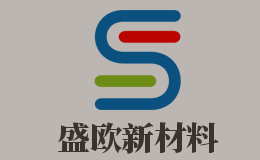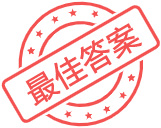
1個回答
Materials

Materials are substances or things from which things are made. They play a crucial role in our daily lives and are essential for the development of society. From the clothes we wear to the buildings we live in, materials are everywhere.
There are various types of materials, each with its unique properties and uses. Let's explore some of the common materials and their English names.
1. Metals: Metals are solid materials that have high thermal and electrical conductivity. Some common metals include iron, aluminum, copper, and gold. These materials are widely used in construction, manufacturing, and electrical industries.
2. Plastics: Plastics are synthetic materials made from polymers. They are lightweight, strong, and have excellent resistance to chemicals. Plastics are used in a wide range of applications, such as packaging, automotive parts, and electronics. Common types of plastics include polyethylene, polypropylene, and polystyrene.
3. Ceramics: Ceramics are inorganic materials made from non-metallic substances. They are known for their high melting points and excellent heat and chemical resistance. Ceramics are used in the production of pottery, tiles, and electronic components. Examples of ceramics include porcelain, earthenware, and stoneware.
4. Wood: Wood is a natural material derived from trees. It is known for its strength, versatility, and aesthetic appeal. Wood is used in construction, furniture making, and paper production. Common types of wood include oak, pine, and mahogany.
5. Glass: Glass is a transparent material made by heating a mixture of silica, soda, and lime. It is brittle but has excellent optical properties, making it suitable for windows, bottles, and mirrors. Glass can also be used in the production of fiber optics and laboratory equipment.
6. Fabrics: Fabrics are materials made from fibers that are woven or knitted together. They are used to make clothing, upholstery, and other textiles. Common types of fabrics include cotton, silk, wool, and polyester.
7. Rubber: Rubber is a flexible material that can stretch and return to its original shape. It is used in the production of tires, belts, and seals. Natural rubber is obtained from the sap of rubber trees, while synthetic rubber is made from petroleum-based chemicals.
8. Composite materials: Composite materials are made by combining two or more different materials to create a new material with improved properties. Examples of composite materials include fiberglass, carbon fiber, and reinforced concrete.
9. Paper: Paper is a thin material made from cellulose fibers derived from wood. It is used for writing, printing, and packaging. Paper can be recycled, making it an environmentally friendly material.
10. Concrete: Concrete is a composite material made by mixing cement, water, and aggregates such as sand and gravel. It is used in construction for building foundations, walls, and roads. Concrete is known for its strength, durability, and fire resistance.
In conclusion, materials are essential for our daily lives and the development of society. They come in various forms, each with its unique properties and uses. Whether it's metals, plastics, ceramics, or wood, materials play a vital role in shaping the world around us.
-
 創(chuàng)新一線品牌集成材料助力環(huán)保節(jié)能產(chǎn)業(yè)邁向新高度
創(chuàng)新一線品牌集成材料助力環(huán)保節(jié)能產(chǎn)業(yè)邁向新高度
-
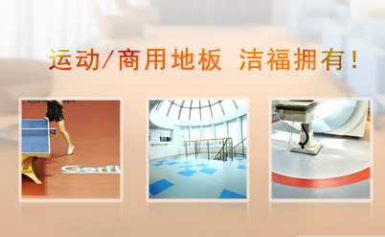 漫步一線品牌復(fù)古地板下的懷舊時光
漫步一線品牌復(fù)古地板下的懷舊時光
-
 一線品牌復(fù)古地板,重拾經(jīng)典風(fēng)格,打造優(yōu)雅家居
一線品牌復(fù)古地板,重拾經(jīng)典風(fēng)格,打造優(yōu)雅家居
-
 高品質(zhì)一線品牌免漆板家具熱銷市場,受到消費者青睞
高品質(zhì)一線品牌免漆板家具熱銷市場,受到消費者青睞
-
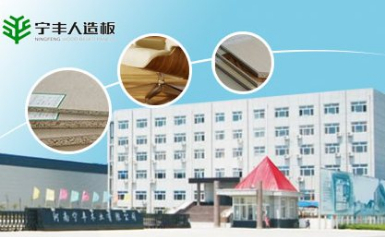 一線品牌飾面板工藝再升級,打造高端家居裝修新風(fēng)尚
一線品牌飾面板工藝再升級,打造高端家居裝修新風(fēng)尚
-
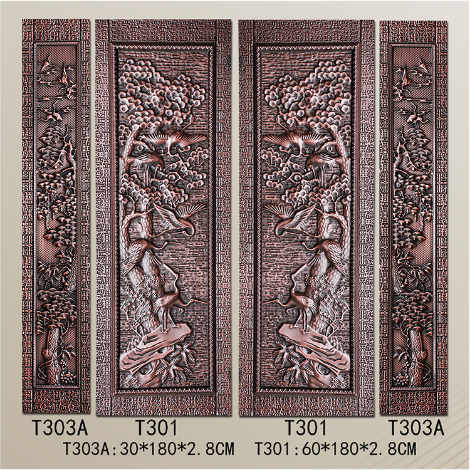 歷史文化再現(xiàn)!一線品牌浮雕板藝術(shù)點亮城市夜色
歷史文化再現(xiàn)!一線品牌浮雕板藝術(shù)點亮城市夜色
-
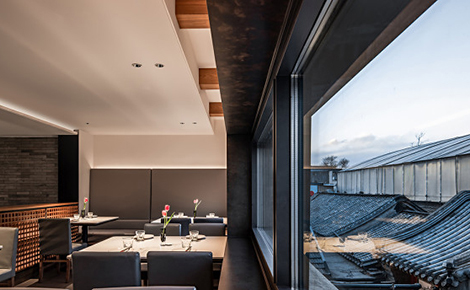 融合傳統(tǒng)與現(xiàn)代,一線品牌浮雕板成為城市建筑新寵
融合傳統(tǒng)與現(xiàn)代,一線品牌浮雕板成為城市建筑新寵
-
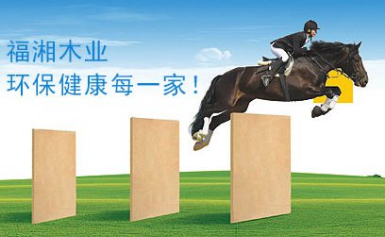 5G時代來臨,一線品牌大芯板成為新一輪科技競爭制高點
5G時代來臨,一線品牌大芯板成為新一輪科技競爭制高點
-
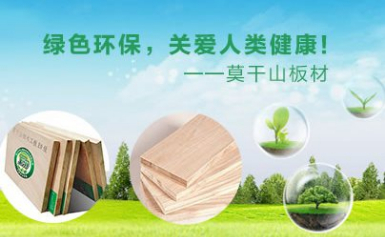 一線品牌大芯板產(chǎn)業(yè)迎來新機遇,國內(nèi)企業(yè)加速布局
一線品牌大芯板產(chǎn)業(yè)迎來新機遇,國內(nèi)企業(yè)加速布局
-
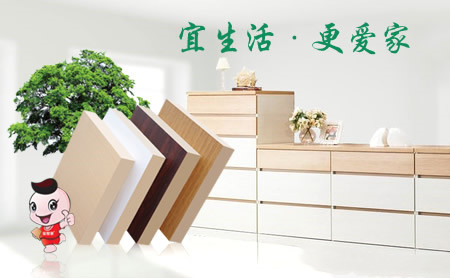 新型一線品牌集成材料在建筑行業(yè)的應(yīng)用掀起革新風(fēng)潮
新型一線品牌集成材料在建筑行業(yè)的應(yīng)用掀起革新風(fēng)潮
-
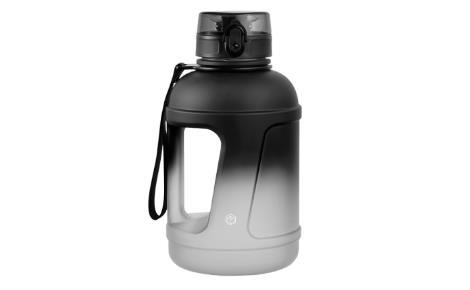 如何選擇適合自己的一線品牌體脂秤?
如何選擇適合自己的一線品牌體脂秤?
-
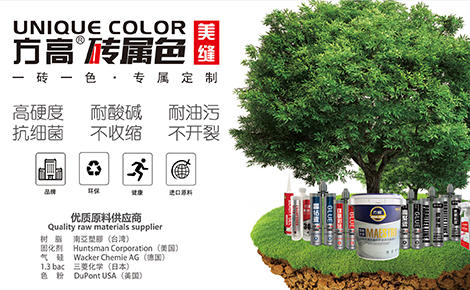 一線品牌美縫劑的正確使用方法,讓你的家居瓷磚煥然一新!
一線品牌美縫劑的正確使用方法,讓你的家居瓷磚煥然一新!
-
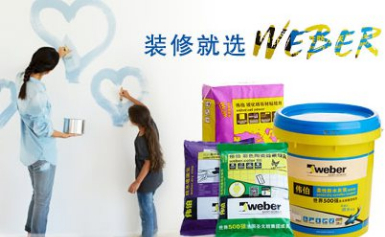 一線品牌保溫材料市場需求持續(xù)增長,創(chuàng)新產(chǎn)品受追捧
一線品牌保溫材料市場需求持續(xù)增長,創(chuàng)新產(chǎn)品受追捧
-
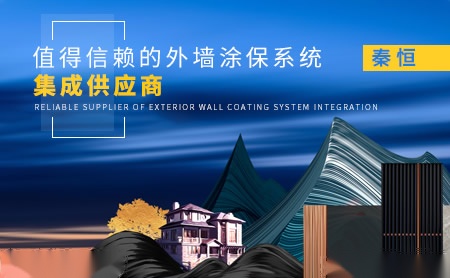 一線品牌保溫材料行業(yè)迎來發(fā)展良機,綠色環(huán)保產(chǎn)品備受關(guān)注
一線品牌保溫材料行業(yè)迎來發(fā)展良機,綠色環(huán)保產(chǎn)品備受關(guān)注
-
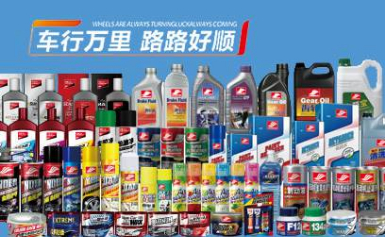 防盜一線品牌噴漆技能大揭秘,如何有效保護財物安全?
防盜一線品牌噴漆技能大揭秘,如何有效保護財物安全?
-
 一線品牌漂白粉價格暴漲,消費者抱怨成本壓力大
一線品牌漂白粉價格暴漲,消費者抱怨成本壓力大
-
 家庭常備品之一,一線品牌漂白粉的正確使用方法
家庭常備品之一,一線品牌漂白粉的正確使用方法
-
 環(huán)保人士呼吁減少一線品牌漂白粉使用,保護環(huán)境
環(huán)保人士呼吁減少一線品牌漂白粉使用,保護環(huán)境
-
 人工智能技術(shù)助力醫(yī)療行業(yè),一線品牌精板醫(yī)療設(shè)備應(yīng)用廣泛
人工智能技術(shù)助力醫(yī)療行業(yè),一線品牌精板醫(yī)療設(shè)備應(yīng)用廣泛
-
 一線品牌多層板行業(yè)發(fā)展趨勢分析,市場需求增長引領(lǐng)行業(yè)創(chuàng)新
一線品牌多層板行業(yè)發(fā)展趨勢分析,市場需求增長引領(lǐng)行業(yè)創(chuàng)新


 掃一掃關(guān)注品牌網(wǎng)
掃一掃關(guān)注品牌網(wǎng)

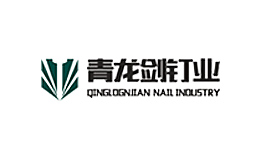
 瀏覽(124)
瀏覽(124)

 贊(0)
贊(0) 分享
分享 舉報
舉報